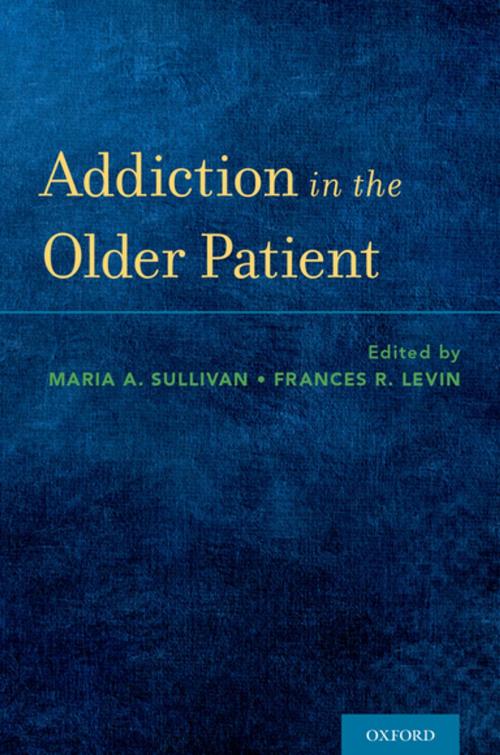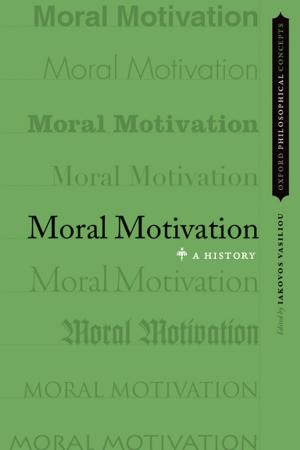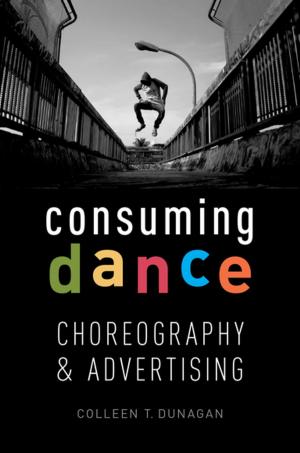| Author: | ISBN: | 9780199392087 | |
| Publisher: | Oxford University Press | Publication: | August 2, 2016 |
| Imprint: | Oxford University Press | Language: | English |
| Author: | |
| ISBN: | 9780199392087 |
| Publisher: | Oxford University Press |
| Publication: | August 2, 2016 |
| Imprint: | Oxford University Press |
| Language: | English |
This text focuses on the under-recognized and undertreated problem of addiction in later life. The widespread lack of clinical knowledge about this patient population can be traced to several sources: the systematic exclusion of older individuals from clinical trials; their reluctance to seek medical help owing to stigma and shame; the fact that additive disorders may be disguised by concurrent medical conditions; a lack of screening instruments tailored to an older population; and the low sensitivity of standard diagnostic criteria for detecting addiction in middle-aged and elderly adults who do not display the occupational and legal "red flags" seen in younger individuals. This volume provides the reader with a clear sense of the surprisingly high prevalence of alcohol and substance use disorders in older adults. For each of the major classes of addictive substances, both prescribed and illicit, this book highlights the key clinical issues that can complicate successful diagnosis. The authors describe strategies for initial engagement with the patient, including screening instruments, brief interventions which can be adapted to a primary care setting, emerging web-based and mobile technologies, and treatment strategies which are tailored to the age-appropriate needs of older adults, including older women - who have been found to be especially vulnerable to prescription drug misuse. With the aging of the baby boomers, a generation arriving in middle-age with greater exposure to alcohol and drugs than any previous cohort, the need for successful identification and effective treatment of alcohol and substance use disorders in later life has become a clinical imperative. Addiction in the Older Patient, whose editors bring more than 40 years of combined research and clinical experience in the field of addiction treatment, offers a comprehensive introduction to this underexplored and timely topic. This text synthesizes current clinical evidence to support the most effective strategies for discovering and treating addictive disorders in our older patients.
This text focuses on the under-recognized and undertreated problem of addiction in later life. The widespread lack of clinical knowledge about this patient population can be traced to several sources: the systematic exclusion of older individuals from clinical trials; their reluctance to seek medical help owing to stigma and shame; the fact that additive disorders may be disguised by concurrent medical conditions; a lack of screening instruments tailored to an older population; and the low sensitivity of standard diagnostic criteria for detecting addiction in middle-aged and elderly adults who do not display the occupational and legal "red flags" seen in younger individuals. This volume provides the reader with a clear sense of the surprisingly high prevalence of alcohol and substance use disorders in older adults. For each of the major classes of addictive substances, both prescribed and illicit, this book highlights the key clinical issues that can complicate successful diagnosis. The authors describe strategies for initial engagement with the patient, including screening instruments, brief interventions which can be adapted to a primary care setting, emerging web-based and mobile technologies, and treatment strategies which are tailored to the age-appropriate needs of older adults, including older women - who have been found to be especially vulnerable to prescription drug misuse. With the aging of the baby boomers, a generation arriving in middle-age with greater exposure to alcohol and drugs than any previous cohort, the need for successful identification and effective treatment of alcohol and substance use disorders in later life has become a clinical imperative. Addiction in the Older Patient, whose editors bring more than 40 years of combined research and clinical experience in the field of addiction treatment, offers a comprehensive introduction to this underexplored and timely topic. This text synthesizes current clinical evidence to support the most effective strategies for discovering and treating addictive disorders in our older patients.















